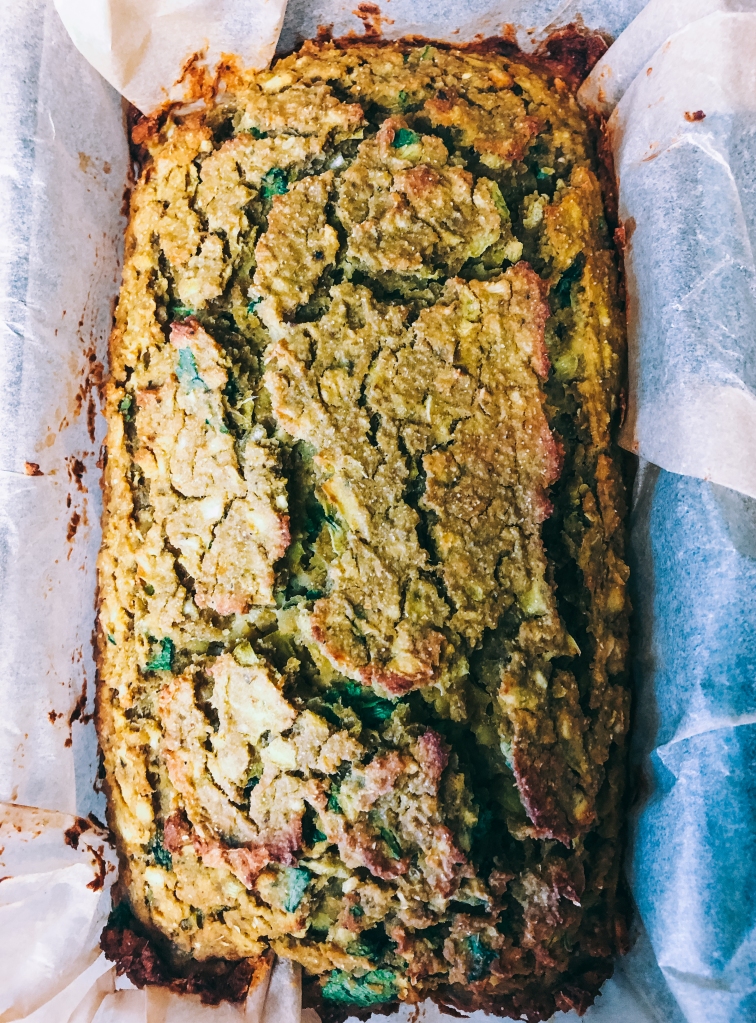
Today I’m sharing a tea formula that’s lovely, sweet, floral, and cooling. Perfect for early and mid-summer, when nettles and roses are growing wild, and we need a cooling “tonic” to drink.
Nettles are one of the nine sacred plants in old Wessex, a kingdom in the south of Great Britain from around 500-900 AD. They were used earlier by the Greeks in at least the first century as a medicinal plant. And they’re just as revered today as a tonic herb in Western Medicine.
Nettles are extremely rich in nutrients including calcium, magnesium, potassium, iron, silica, zinc, selenium and chromium and are useful for nourishing the blood and adrenals, and supporting the liver in detoxification.

Nettles are most commonly used as a general tonic when you’re overworked, chronically tired, and needing nutrients. Nettles are incredibly nutrient rich–so much so, you can taste it, especially when they’re used fresh. Many people use strong nettle infusions for calcium and the other nutrients they contain, as an alternative to taking supplements. If you also start to drink nettles daily for some time, your hair, nails and skin will start to have a healthy glow!
I don’t usually take nettles in high dose amounts, but it’s rare for a day to go by without having at least one cup of tea that doesn’t contain 20 percent or more of nettle leaves.
Energetically, nettles are cooling and drying. Those two components translate to being slightly bitter and astringent in taste. Personally, I like to balance these two flavors in a formula with a touch of sweet from licorice.

Like nettles, roses also have an incredibly long history of use, both as a nutritive food, medicine, and in skin / beauty care. Rose petals have a particular affinity for healing the skin, whether it’s acne, scars, varicose veins or capillary damage, eczema, and more. They are anti-inflammatory and also like nettles, can be used daily as a tonic herb. Rose is also a nervine tonic, meaning it’s supportive of the nervous system!
Energetically, rose petals are cooling and moistening. The flavor, beyond just “floral,” is slightly bitter, sweet, and astringent. In Ayurvedic medicine, roses are often recommended for consumption during the hot summer months, and for overheated Pitta constitutions, a feature of their being cooling and moistening during the time of year when both we and the season are typically hot and dry.

Licorice root is one of my favorite and most used herbs. The flavor is not anise and licorice-candy. Rather, it’s extremely sweet and slightly bitter. Licorice is an extremely important herb in Traditional Chinese Medicine (TCM), where it tonifies the spleen and Qi, and also clears internal heat. It is particularly helpful for the adrenals, soothing an inflamed digestive system, moistening the lungs, and relieving pain.
In herbal formulas, licorice is commonly used in a small amount because it acts as a harmonizer to bring the other herbs together and provide a more pleasant taste.
Energetically, licorice root is warming/neutral, and moistening. It’s flavor is very sweet and slightly bitter.

Nettles and Rose Herbal Tea
Prep: none | Serves: 1
Energetics + Flavor: Cooling, Slightly Moistening; Bitter, Astringent + Sweet
1 Tbs. dried nettle leaves (Urtica dioica)
½ Tbs. dried rose petals (Rosa x damascena, Rosa nutkana, or Rosa canina)
Pinch of licorice root (Glycyrrhiza glabra)
12 oz. boiling water
- Bring water to a boil. While it’s boiling, combine the dried herbs in an herbal infuser or disposable tea filter.
- When it has boiled, pour the water over the herbs in your mug. If you have an easy lid available, cover the mug. This will allow more of the medicinal constituents to stay within the tea rather than rising in the air in the steam.
- Let infuse for 10-20 minutes, and longer if desired.
- Drink when warm, or allow to cool to room temperature.
Notes:
– If you have high blood pressure, omit the licorice root. If you’d like a touch of sweetness, add a couple drops of honey after the herbs have infused and it’s no longer piping hot.
-Good sources of these herbs if you need to order include: Mountain Rose Herbs and Starwest Botanicals. For Roses, you can collect the wild Nootka Rose petals locally during the late spring and summer months, or purchase rose petals. Diaspora Co. has incredibly high quality Paneer/Damask Rose petals, shown in the photo.
Amazon is not a great source for herbs since they are frequently lower quality/questionable sources.







